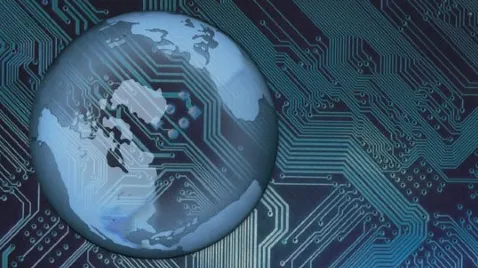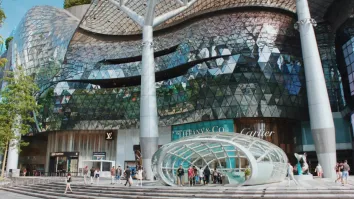
What are the 10 leading technology trends?
Alibaba said these technology trends will rise in the next two to five years.
With the current technological progress, Alibaba identified the top 10 technology trends in the next two to five years that can make impacts in various sectors of the economy and society.
“The boundary of technologies is extended from the physical world to mixed reality, while more and more cutting-edge technologies find their way to industrial applications,” said Jeff Zhang, head of Alibaba DAMO Academy (DAMO).
“Digital technology plays an important role in powering a green and sustainable future, whether it is applied in industries such as green data centres and energy-efficient manufacturing, or in day-to-day activities like paperless office. With technology, we will create a better future,” he added.
Cloud-Network-Device Convergence will fuel the emergence of new applications for more demanding tasks which include high-precision industrial simulation, real-time industrial quality inspection and mixed reality, Alibaba said in a press release.
Artificial intelligence (AI) for science is also an emerging trend, with AI allowing machine learning that can “process massive amounts of multidimensional and multimodal data and solve complex scientific problems, allowing scientific exploration to flourish in areas previously thought impossible.” AI is also expected in the next three years to be applied in the research process of applied science and be used as a production tool in some basic sciences.
The use and rapid development of silicon photonic chips, which can provide higher computing density and energy efficiency is also seen due to the rise of cloud computing and AI. Widespread use of silicon photonic chips in high-speed data transmission in large-scale data centres in the next three years, Alibaba said.
AI is also expected to take part in the power sector, expected to pave the way for integration of renewable energy sources into power grids, contributing to a more efficient, reliable and safe operation of grids. The application of AI will also be conducive in achieving carbon neutrality, it said.
Alibaba also said that the use of AI and precision medicine convergence will “boost the integration of expertise and new auxiliary diagnostic technologies and serve as a high-precision compass for clinical medicine.” People-centric precision medicine in the next three years will become a major trend in various fields of healthcare.
Privacy-preserving computation is also identified as a technology trend with Alibaba saying, “groundbreaking improvements” in the performance and interpretability of privacy-preserving computation is expected in the next three years. There will also be an emergence of data trust entities that will provide technology-based data-sharing services.
Extended Reality “will reshape digital applications and revolutionise” interaction with technology in entertainment, social networking, shopping, education, office, and healthcare, among other scenarios. A next generation of XR glasses is expected to enter the market will serve as the key entry point to the next generation of internet, it said.
Perceptive soft robotics, which have flexible bodies and have improved pressure, vision, and sound perceptibility, will emerge and change the manufacturing industry, from mass production of standardised products towards specialised, small-batch products. It is seen to replace conventional robots in the manufacturing industry in the next five years.
In the next five years, Alibaba also said that satellite and terrestrial systems will work as computing nodes “to constitute an integrated network system providing ubiquitous connectivity.”
The future of AI is also shifting to co-evolution of large and small-scale models via clouds, edges, and devices from the race on the scalability of foundation models, Alibaba said.
DAMO, the global research initiative of Alibaba Group, analysed public papers and patent filings in the past three years and interviewed nearly 100 scientists to identify the leading technology trends.



















 Advertise
Advertise







